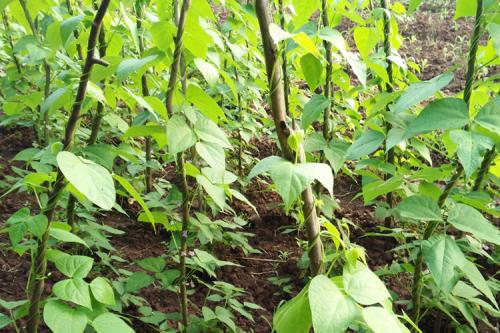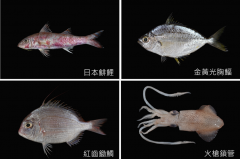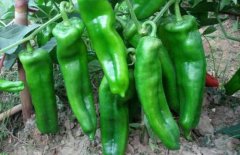The cultivation and field management of kidney beans, the cultivation of kidney beans soil ph value is the most suitable
Bean is a kind of plant that likes light and warmth, and its planting is relatively simple. Do you know how to grow kidney beans? If you want to know, let's take a look.
Kidney bean likes warmth and is not resistant to high temperature and frost, and the suitable temperature for seed germination is 20-30 ℃. When the temperature is above 40 ℃ and the low temperature is below 10 ℃, the seeds are not easy to germinate and are prone to underdeveloped buds and falling flowers.
Kidney beans have higher requirements for light intensity. Plants need photosynthesis, and if the light is sufficient, the plants will grow healthily, blossom and bear pods more, and it is beneficial to the absorption of phosphate fertilizer in the roots. When the light intensity decreases, the plant is easy to grow, and the number of flowering and pods is less, and it is easy to drop flowers and pods.
Kidney bean has a strong root system and can withstand a certain degree of drought, but it prefers moderately moist soil conditions, which requires moderate water supply and is not resistant to waterlogging. During the growing period, the suitable soil moisture is 60% of the maximum field capacity, and the air relative humidity of 80% is the most sensitive to water. During this period, soil drought has adverse effects on flowering and podding, and the number of pods and seeds in pods decreases. When the soil moisture is too large, the lower leaves yellowed and the air fell off early. Getting wet will lead to overgrowth and poor pod bearing.
Kidney beans have deep roots and rhizobium, and the requirements for soil are not very strict, but it is still better to use light sand loam or clayey loam with deep and fertile soil layer and good drainage. The soil is too sticky and heavy, low temperature, poor drainage and ventilation lead to poor growth, anthracnose heavy bean prefer neutral to slightly acidic soil, the suitable soil pH value is 5-7.0, among which 6.2-6.8 is the most suitable for bean continuous cropping, and 2-3-year rotation should be carried out in production.
In the process of bean growth, it mainly absorbs more potassium and nitrogen, but also absorbs a certain amount of phosphorus and calcium in order to develop well. The amount of phosphorus and potassium absorbed during the podding period was larger. Phosphorus and potassium fertilizer has effects on the growth and development of bean plants, the development of rhizobium, flower bud differentiation, flowering and pod and seed development. Lack of phosphate fertilizer, the quality and yield of young pods and seeds of kidney beans will be reduced. Lack of calcium, curl of young leaves, chlorosis of leaf margin and death and absence of growth point. Boron, the root system is underdeveloped, affecting the nitrogen fixation of rhizobium and stunting the development of flowers and pods.

- Prev

The biodiversity in the Changhua sea area of Taiwan is high, and the seaweed boat research will be carried out to promote the transformation of the fishery.
In 2020, Taiwan will complete two wind farms in Changhua and one offshore demonstration wind farm in Miaoli. In the past, the location of the wind farm overlapped with the fishing and fishing operation field along the western coast, causing fishermen to worry. In 107, the Council of Agriculture commissioned the Fisheries Laboratory to carry out the scheduled advance of the Changhua demonstration wind farm.
- Next

When is the time to plant chili? How many days and how long does the growth cycle of pepper bear fruit?
Chili is now a vegetable that is used every day, so how to grow this vegetable? When should it be planted and how should it be planted? Chili peppers are sown in mid-February, and do not like warm and fertile chili peppers in rotation or continuous cropping with Solanaceae crops in early April.
Related
- A course of planting techniques and methods on how to grow carrots
- How to plant the latest tulips?
- Is it better to pick tea in the morning or in the afternoon? When is the best time for tea to be picked? what is the third or fifth tea?
- Launch Yuanxiao Happy combination Haocha + Tea Yuan healthy Taste
- Penghu Tourism "Fireworks 20 Parade with You"
- 2022 West Lake Happiness holds "Digital Revitalization Voucher" and draws iphone13 and laptop.
- Banqiao Fuzhou social houses are designed to change start-up combined with police elimination to create a safe and livable environment
- The convenient measure of "mechanical weeding" in Xinbei has been abused and the Agriculture Bureau has imposed heavy penalties on the illegal land consolidation.
- Changgeng University Joins Hands with Four Memory Factories to Rescue Memory Talent Shortage
- The list of Taiwan's top 100 MVP managers is listed by the Director-General of the Farmers' Association of Sanxia District.

